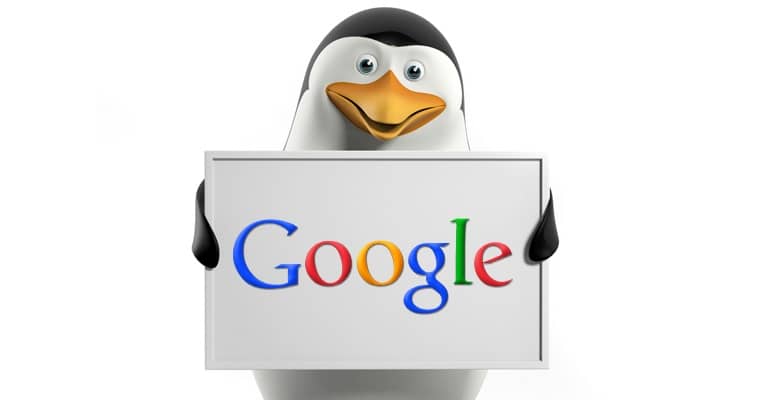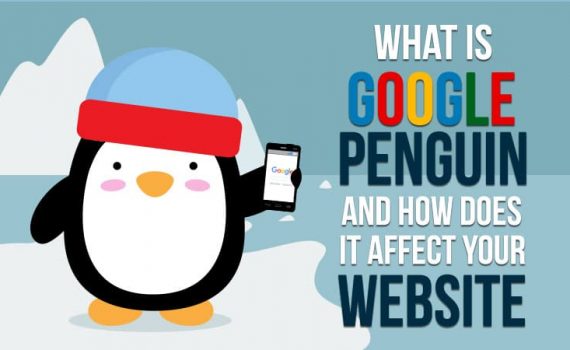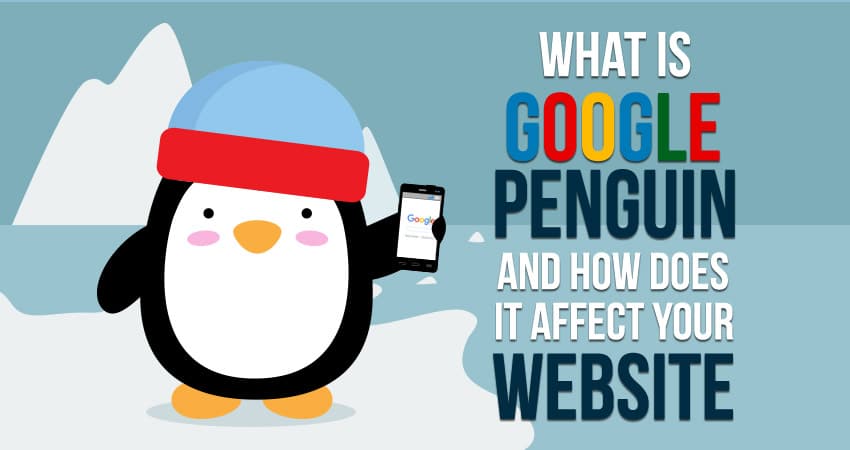
How to realize your site has been hit by Google Penguin Penalties
Category : Seo Consulting
Regardless of what triggered the penalty, and whether it’s for a personal site or a client’s, you need to be able to diagnose what caused it and fix it. In most cases, you can get almost all of your search traffic back in the short-term.
If you’re ready to get rid of any penalties by Google Penguin Algorithm holding back your organic search traffic or you’d just like to prepare for future problems, let’s get started.
How Can I Discover if I have been penalized By Google Penguin Algorithm
If Google determines that your site contains spam backlinks, one of these actions may apply to your site. Many SEO’s simply call this a punishment because it reduces Google’s ranking and leads to data loss.
For example, in 2013 Google punished Rap Genius (now Genius) for participating in a link scheme. We followed your ranking and found that a dozen keywords we followed had lost 4 to 6 pages on Google:

This was a widely publicized Google penalty that paid much attention to Google Penguin and Rap Genius.
Since then, much has changed how Google punishes a website because of the Google Penguin algorithm update. For example, Google has (in the past) penalized a complete website.
As of 2016, Google announced that the penalties would be more precise. Gary Illyes of Google said that Google Penguin is much “nicer” because:
- Now it updates in real time.
- Ignore spam instead of using it as a classification factor.
- grainy and will not punish entire sites as often
If Google Penguin Algorithm penalizes your website then your website rank will get down and as result website traffic will also get a drop.
Links will play a role in SEO despite the changes brought about by Google’s Penguin 4.0 update, so websites should continue to include them in SEO ranking efforts. But as any search ranking effort, link building cannot be the only strategy because numerous links without any online noise is likely to raise doubts with Google crawlers.
If you have made efforts to build online buzz about your website and have earned links organically through different strategies, you’re likely to get rewarded by the search engine with a higher rank.
Links continue to remain a strong part of SEO, but it cannot be followed in a sequestered manner, which is separate from other strategies. Under the new update, devalued websites can actually rebuild their ranking by simply building high-quality links.

Websites affected by the Penguin update can make changes to recover quickly:
- Avoid over optimising anchor texts and websites in general, so they look more natural for Google bots.
- Remove low-quality links to your website to ensure Penguin updates don’t penalise you.
- Add high-quality links from reputed source sites.
- Create a mobile-friendly interface without popups to avoid penalties from Google.
- Build organic links through different online marketing strategies.
- Build high-value content to ensure better inbound links to your website.
The Penguin 4.0 update is designed to eliminate poor link building efforts by focussing on organic strategies. Websites will want to consider making these changes quickly in order to stay relevant and high up in search rankings.
Read more How Does Google Penguin Algorithm Work
_______________________________________________________________________________
Please contact us for seo service packages at TDHSEO.COM.
TDHSEO Team
Email: tdhseo@gmail.com
Skype: tdhseo
https://www.facebook.com/tdhseo
Thank you!




